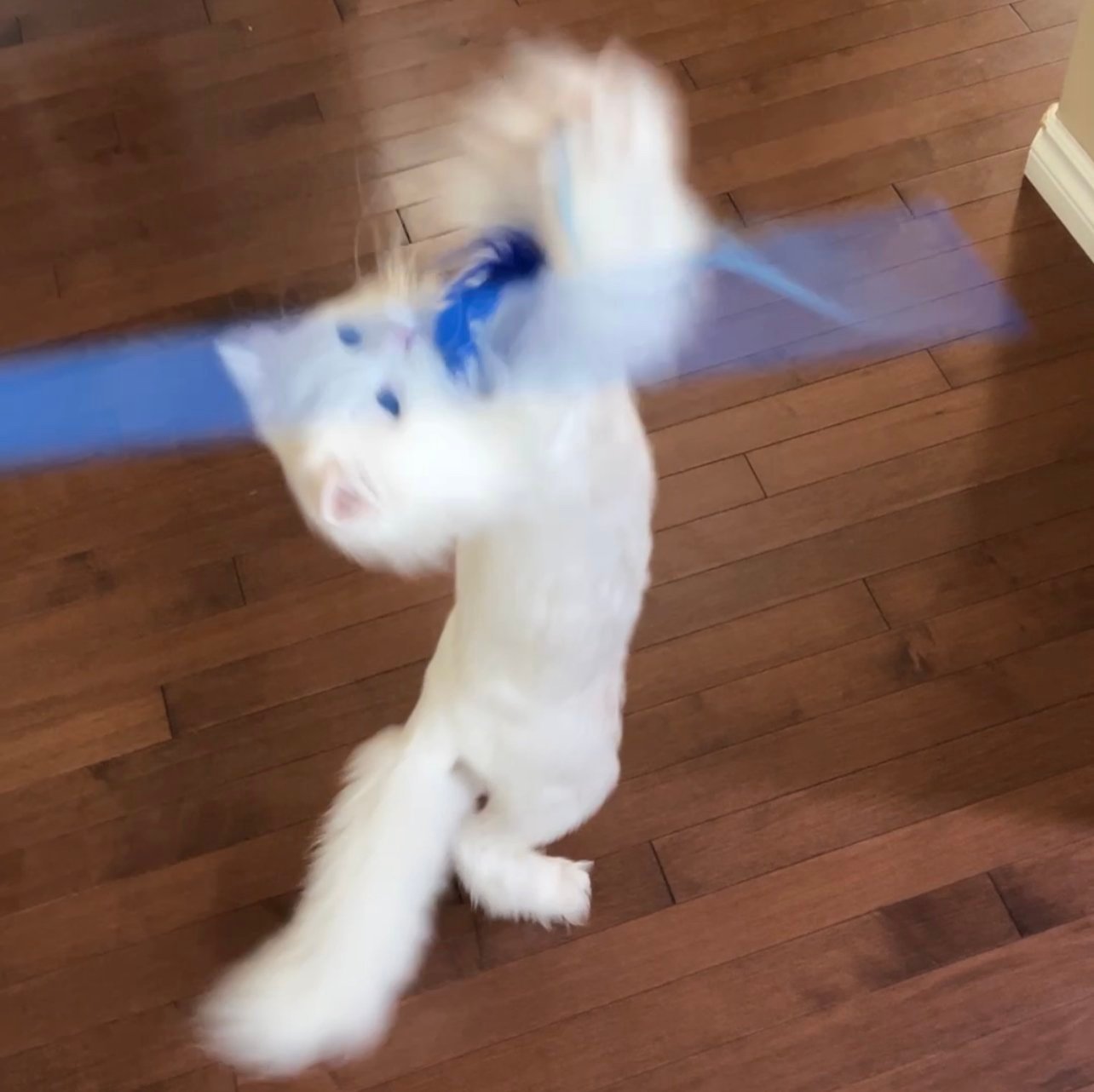Cats have always intrigued us with their remarkable agility and graceful movements. From high jumps to acrobatic twists in mid-air, felines possess a level of flexibility that leaves us in awe. Behind these breathtaking feats lies an extraordinary feature: the cat’s spine and joints. In this blog, we embark on a journey to explore the incredible range of motion in a cat’s spine and joints, uncovering the secrets that make these feline acrobats the masters of flexibility in the animal kingdom.
- The Architecture of a Cat’s Spine: At the core of a cat’s flexibility is its spine, an architectural marvel designed to facilitate a broad range of movements. Unlike humans, a cat’s spine consists of a series of small, flexible vertebrae, connected by ligaments and muscles. This segmentation grants cats the ability to contort their bodies with ease, making them adaptable to various physical challenges, from squeezing through narrow spaces to executing precise leaps during hunting.
- The Role of Joints in a Cat’s Flexibility: In addition to their unique spinal structure, cats possess incredibly mobile joints. These joints allow for smooth and seamless transitions between different body positions. Whether it’s twisting to groom hard-to-reach areas or curling up into a perfect ball for rest, cats’ joints are specifically engineered to enhance their flexibility.
- The Stretching Ritual: Benefits of Feline Yoga: Observe any cat, and you’ll likely notice their stretching rituals. This instinctual behavior not only aids in maintaining their flexibility but also offers numerous health benefits. Regular stretching helps cats improve blood circulation, maintain muscle tone, and prevent stiffness. It also prepares their bodies for the sudden bursts of energy needed during hunting or playful activities.
- A Balance of Strength and Flexibility: Cats strike an extraordinary balance between strength and flexibility. Their powerful muscles work harmoniously with their flexible spines and joints, allowing them to swiftly adjust to changes in their environment. This perfect harmony is what enables them to land on their feet even after falling from significant heights, a phenomenon known as the “righting reflex.”
- The Evolutionary Advantage: Cats‘ flexibility can be traced back to their evolutionary history as agile hunters. Their ancestors needed to be nimble to pursue prey, escape predators, and survive in challenging environments. Over generations, this adaptability became deeply ingrained in their genetic makeup, making them the graceful creatures we marvel at today.
- Fascinating Cat Behaviors Showcasing Flexibility: Throughout history, cats have been immortalized in art, literature, and folklore for their awe-inspiring movements. From ancient Egyptian murals depicting cat goddesses to modern-day internet videos showcasing incredible leaps, these representations showcase the endless fascination humans have with the flexibility of felines.
The mesmerizing flexibility of cats stems from the extraordinary design of their spine and joints, honed over millennia of evolution. As they gracefully navigate through various contortions and stretch their way into our hearts, it’s no wonder that cats continue to captivate us with their feline flexibility. Next time you witness your feline friend’s agile movements, take a moment to appreciate the wonders of their anatomy, reminding us of the incredible diversity of life on our planet.




